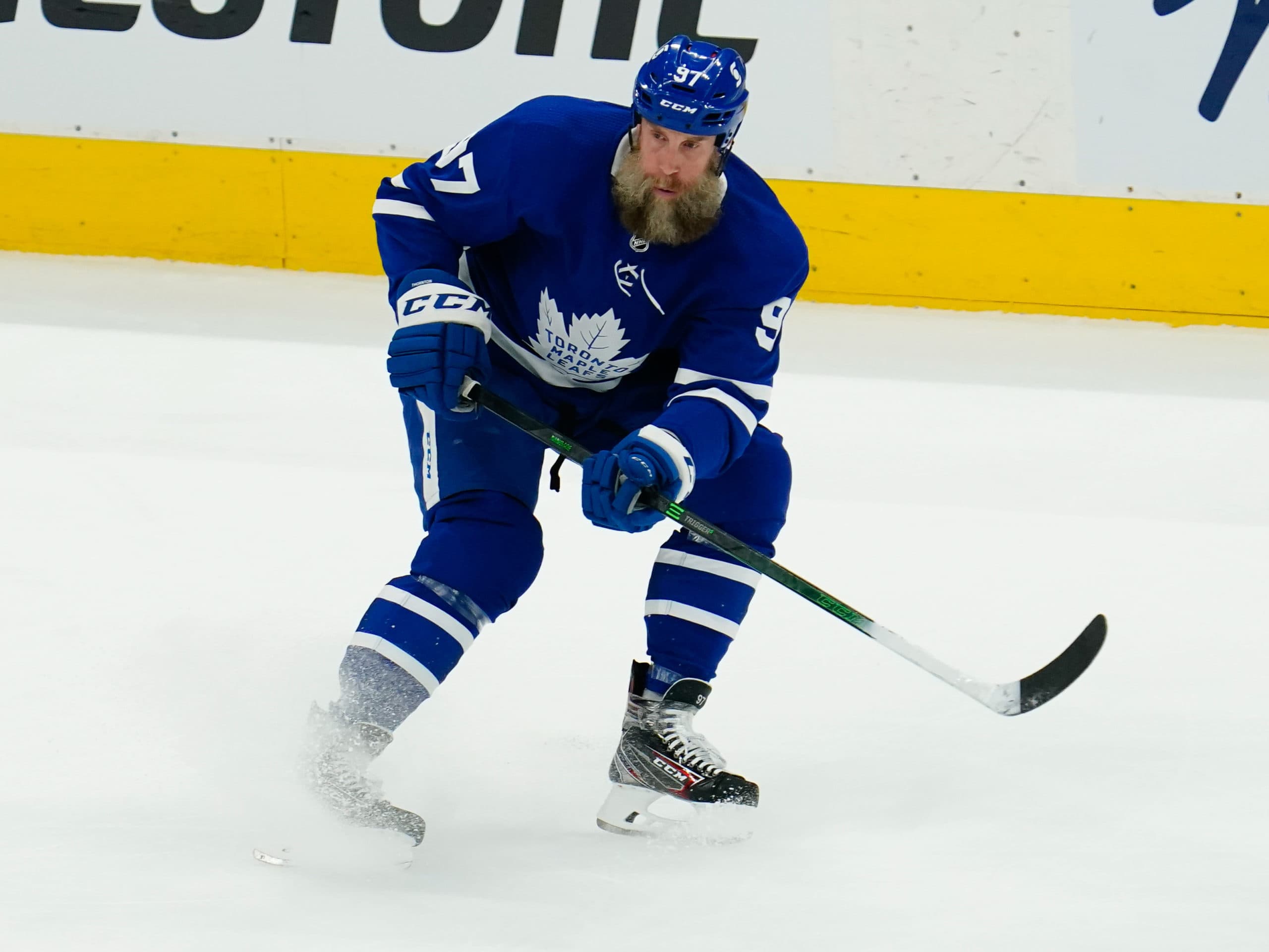Which Leafs roster would have been the greatest of all time if every player were in their prime?
Photo credit: John E. Sokolowski-USA TODAY Sports
By Filipe Dimas
Dec 2, 2021, 06:30 EST
Breaking News
- Injury be damned, the Leafs need a monster performance from their captain in Game 4: Leafs Morning Take
- Mitch Marner on why Matthew Knies is an important playoff presence: ‘He’s got a big body’
- Craig Berube would like Bobby McMann to simplify his game, get to blue paint
- Panthers’ Matthew Tkachuk raves about ‘head of the snake’ Chris Tanev ahead of Game 4
- Auston Matthews does not attend Leafs’ morning skate, will play Game 4
